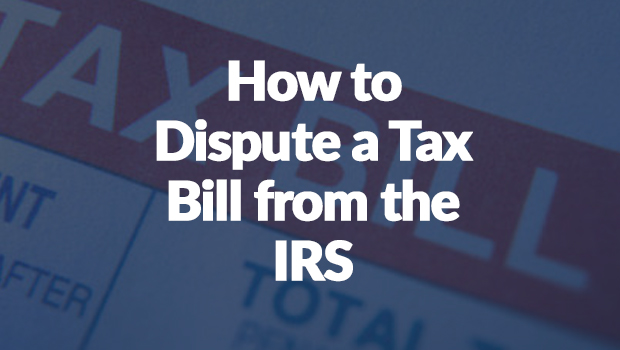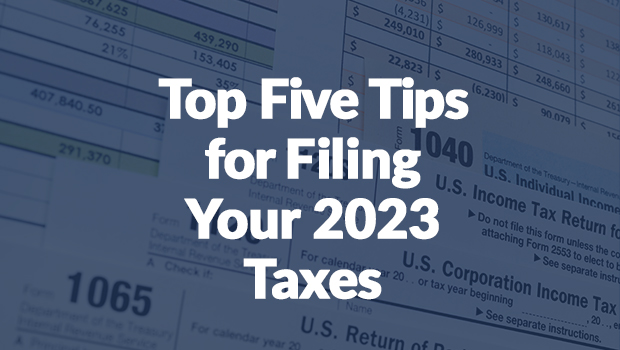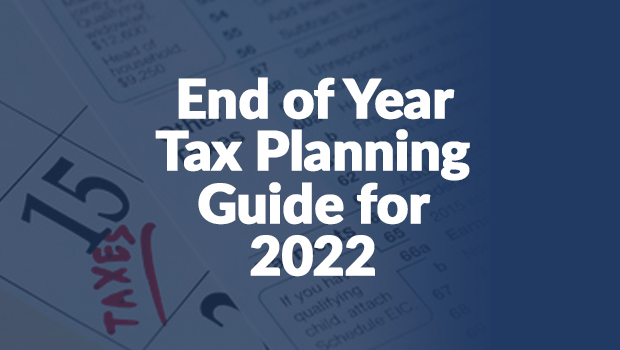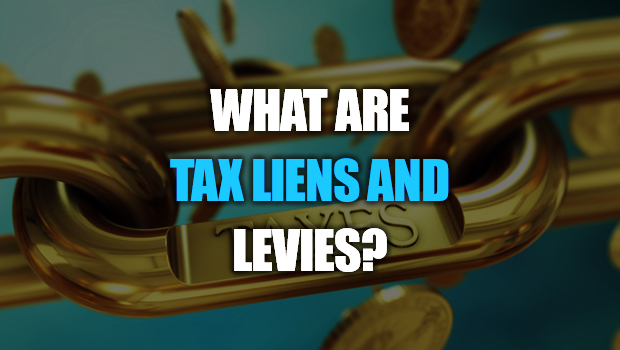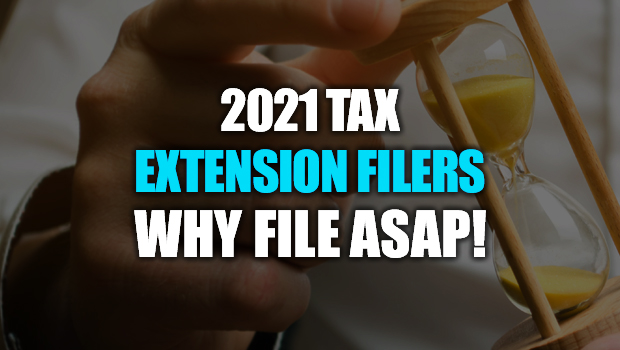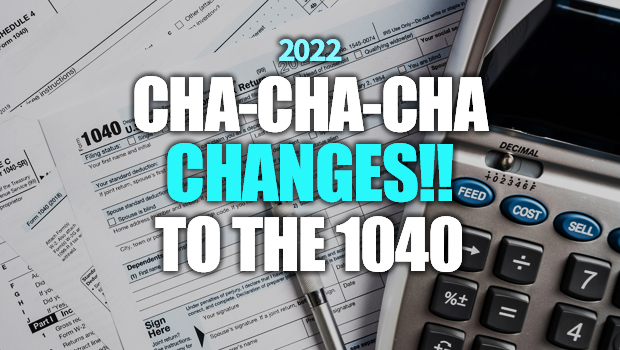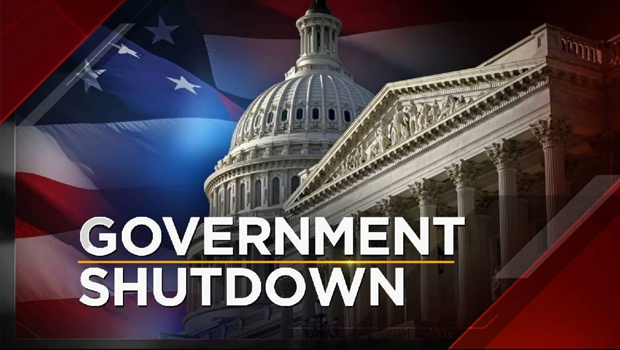If the IRS believes you owe them money for unpaid taxes, you might grudgingly acknowledge the IRS is correct. But in situations where you disagree, you have certain legal rights to contest or dispute the IRS.
Continue reading “How to Dispute a Tax Bill from the IRS”